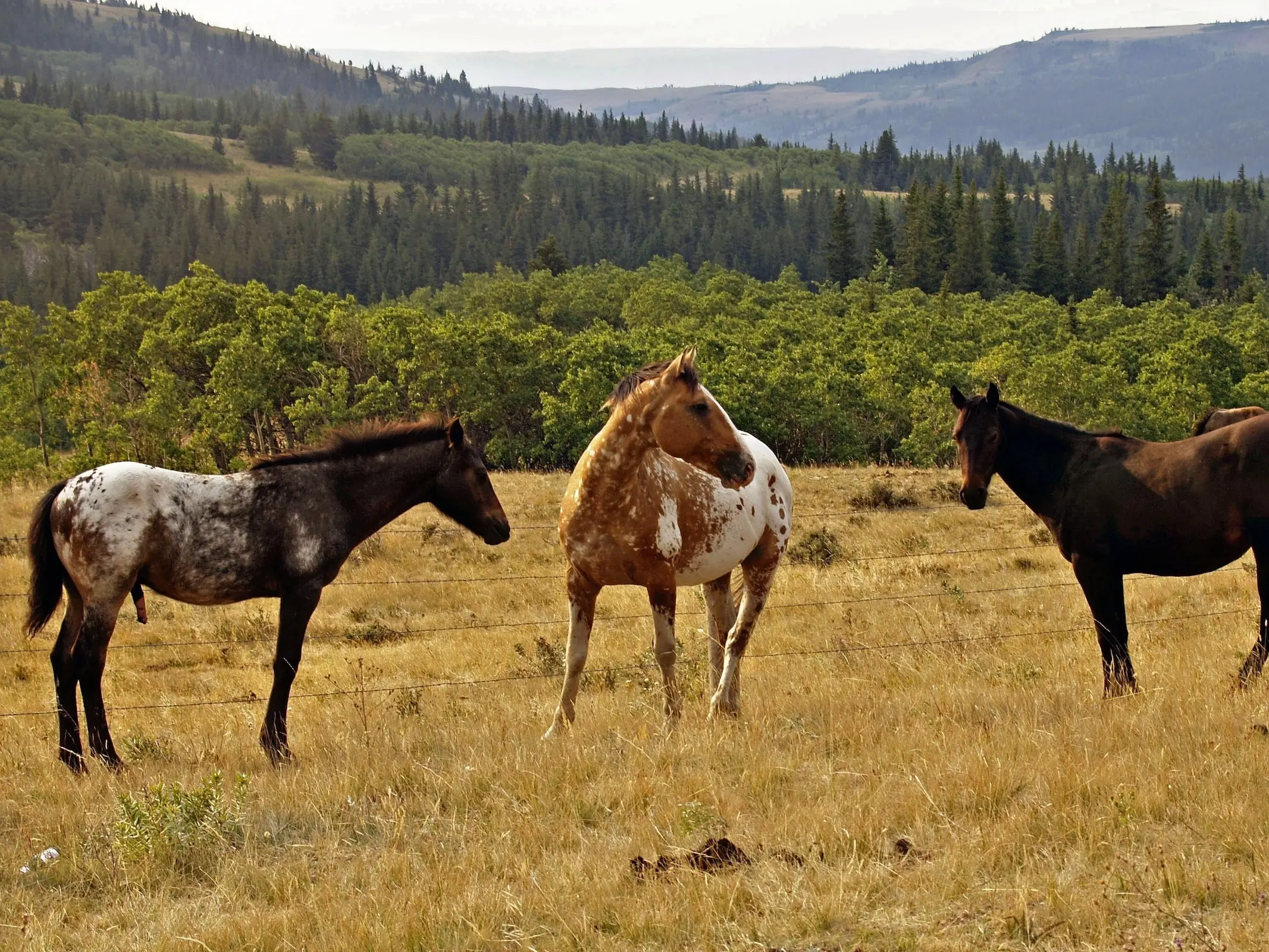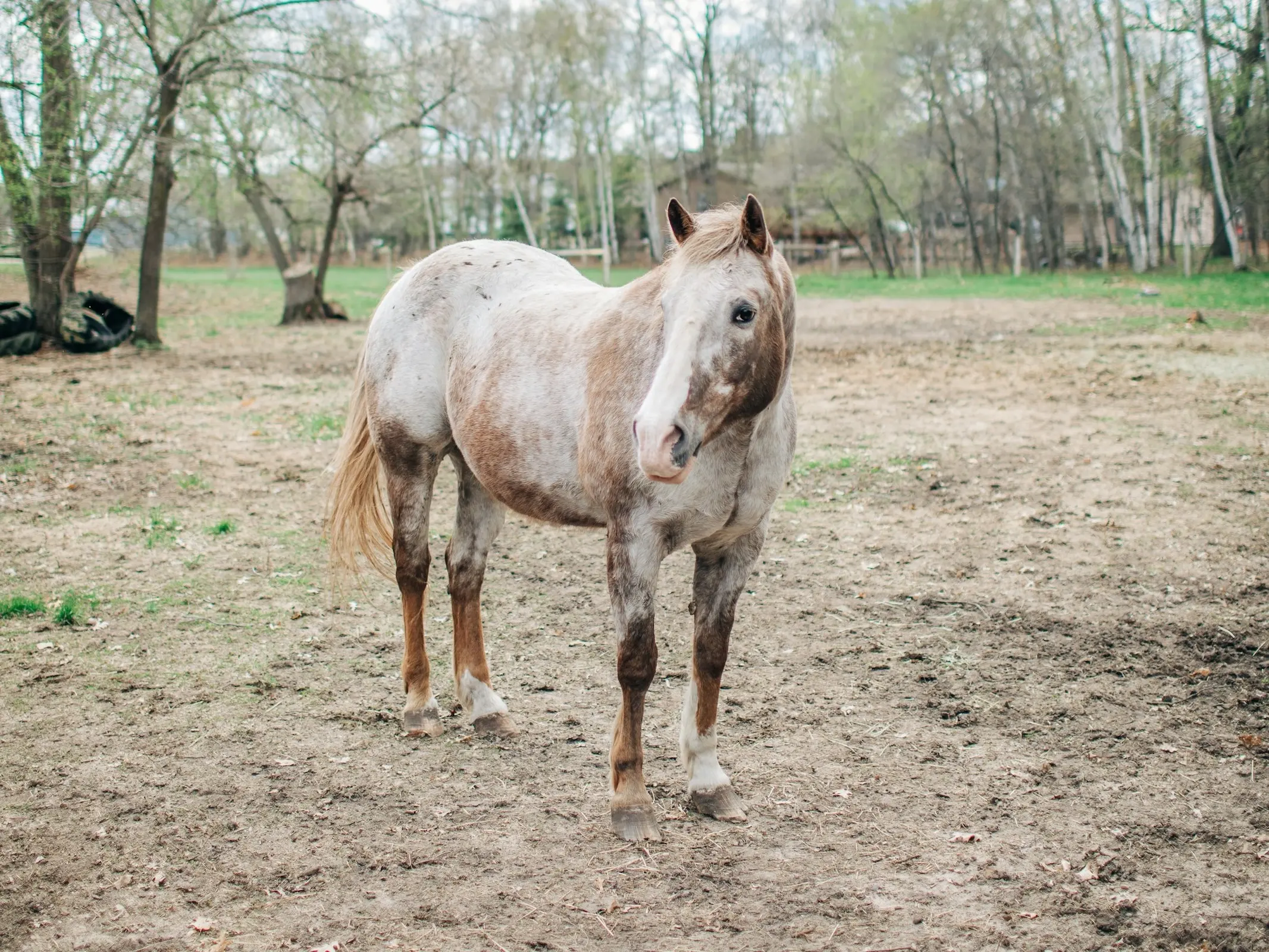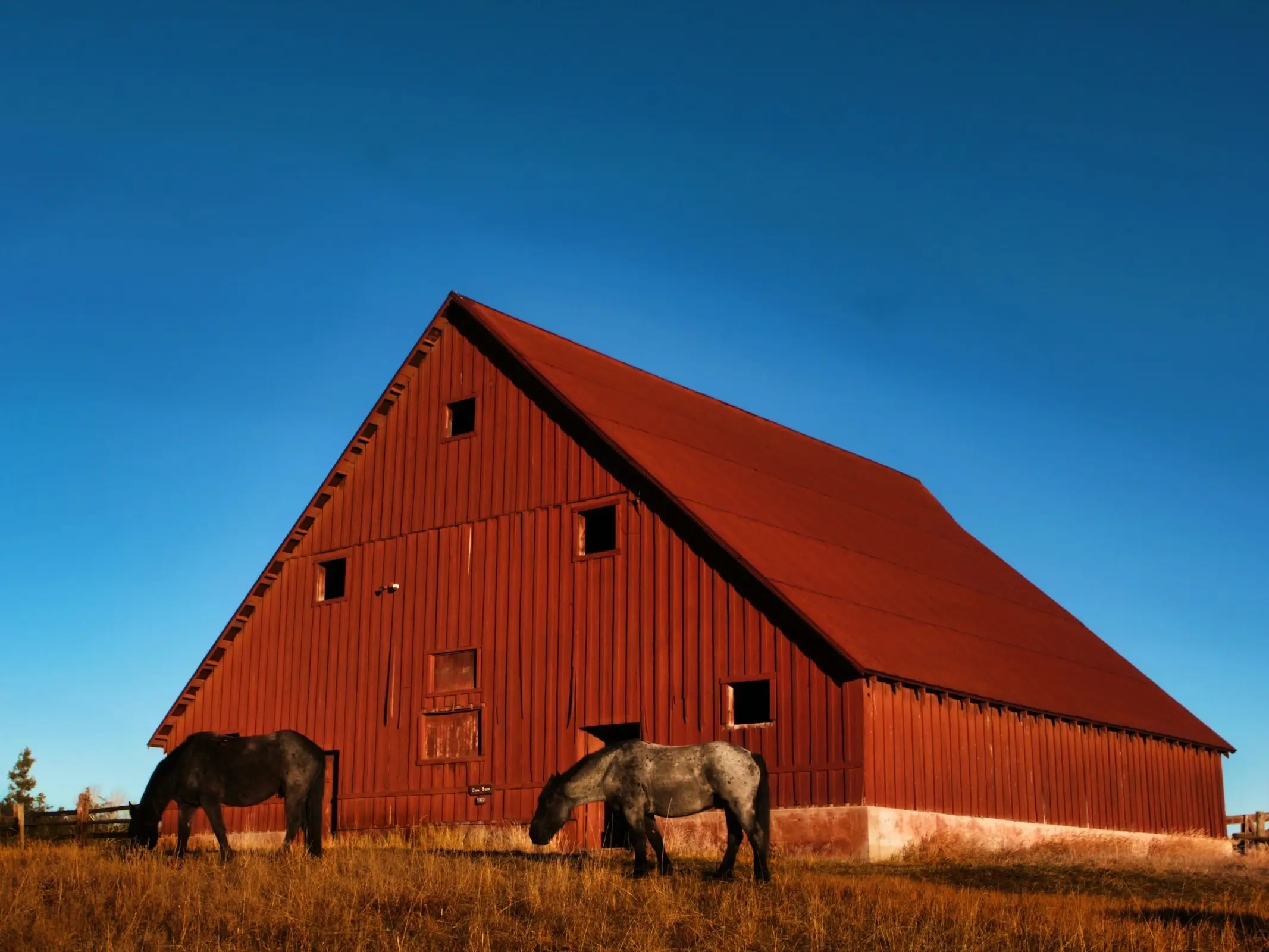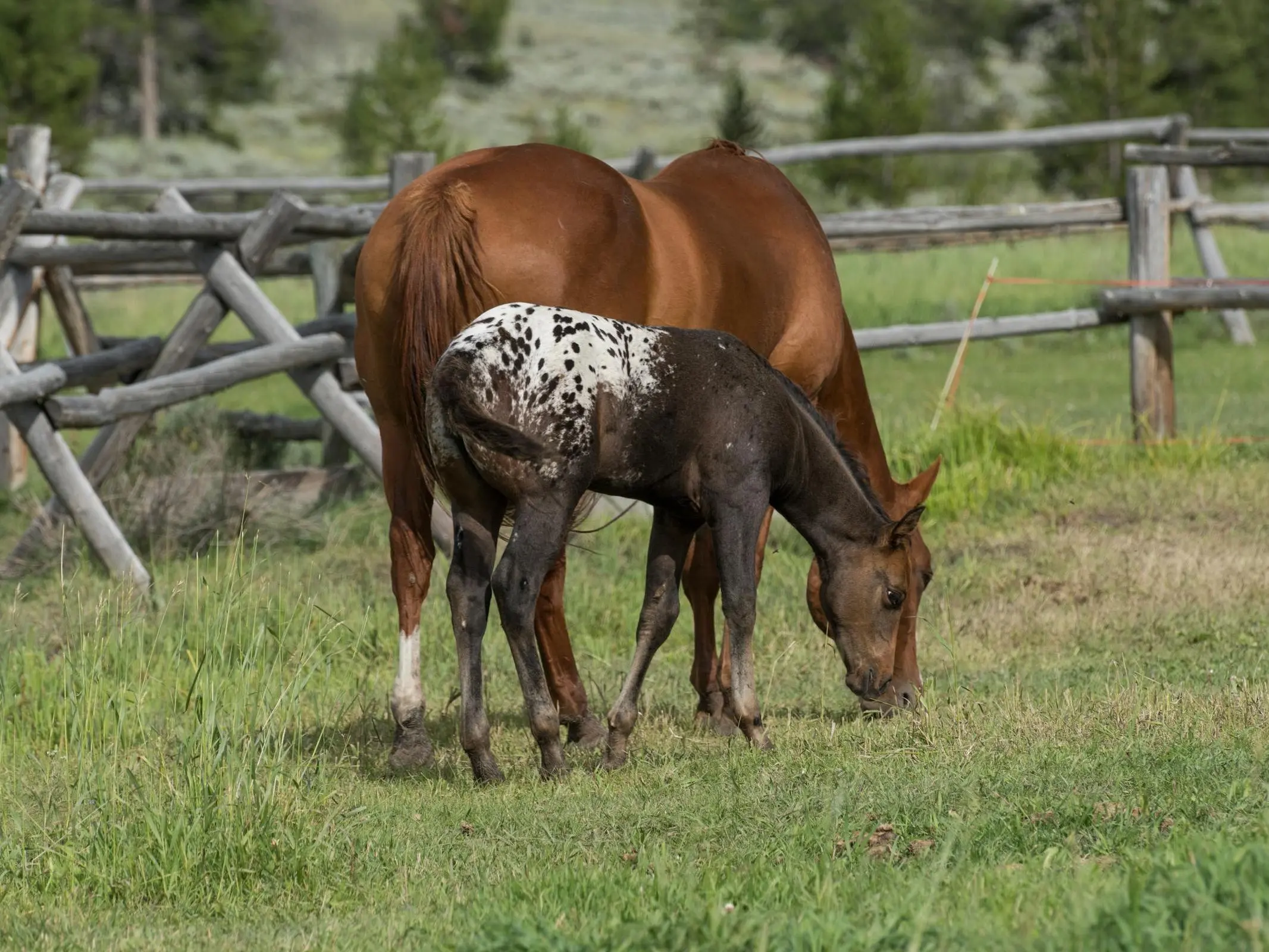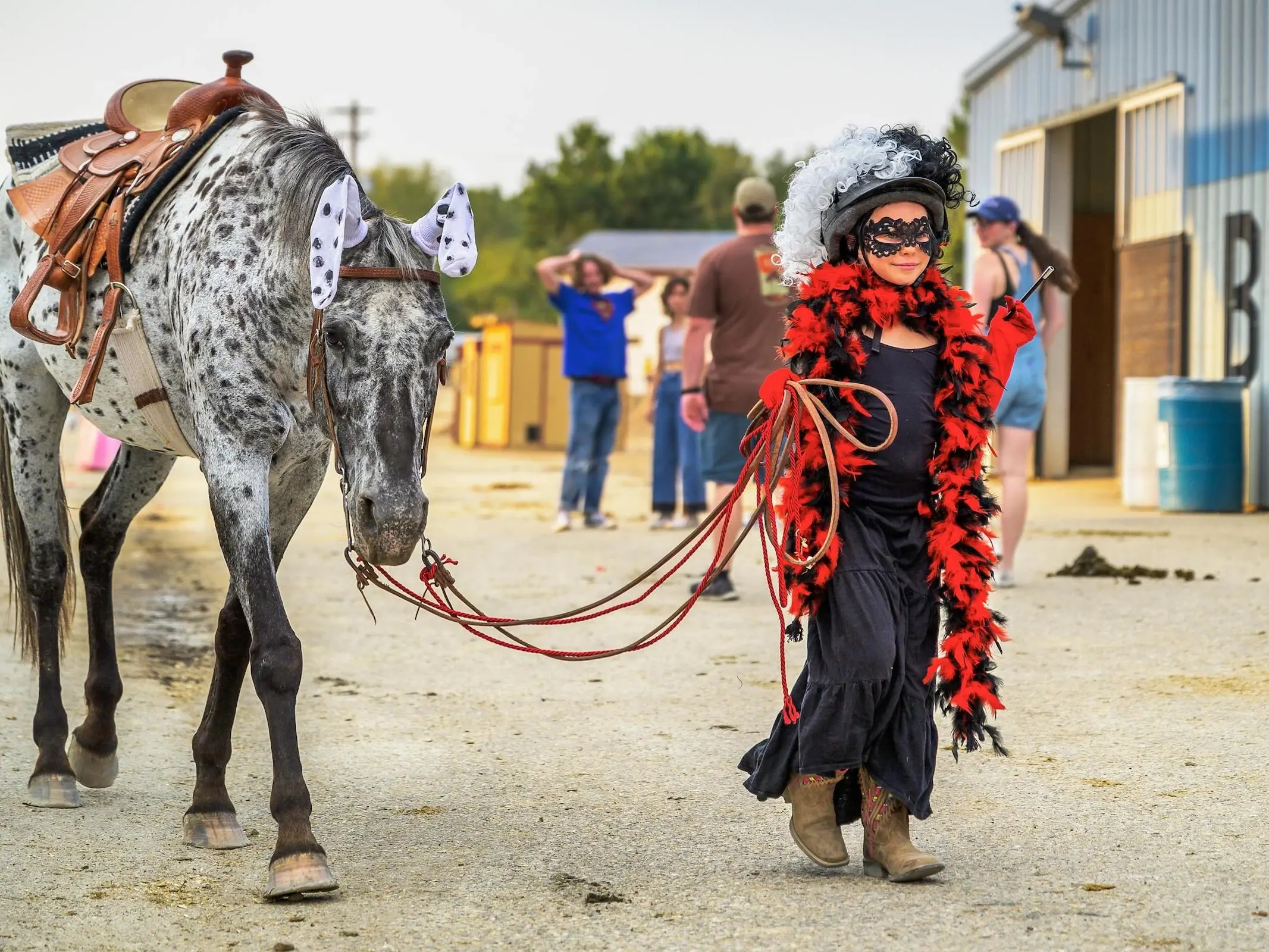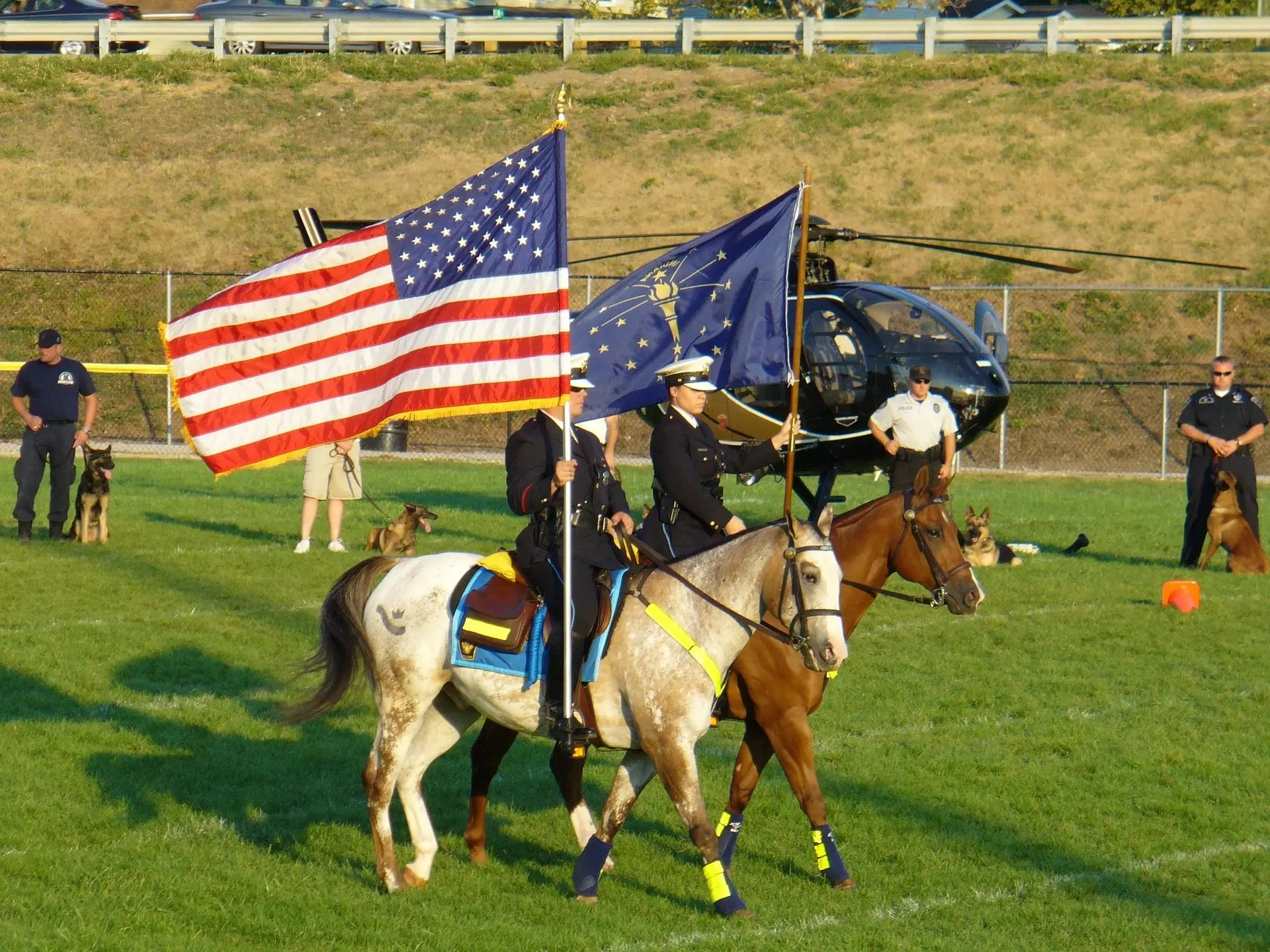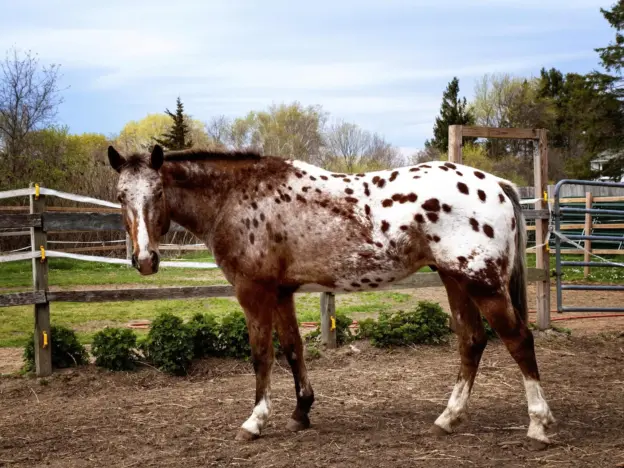Intro
Known for their flamboyant spotted patterns, the Appaloosa is a color breed. This means that they are classified based on color genetics, rather than conformation features. There are six different coat patterns found in the appy family, each one rather distinctive.
Origins
Although spotted horses had already been documented in Europe and Asia for centuries, the modern North American Appaloosa was developed by the Nez Perce Indians in mid-18th century Oregon, Idaho and parts of Washington. This is another breed originating with Spanish horses brought to North America by conquistadors. The name Appaloosa itself comes from the Palouse River that ran through Nez Perce territory.
Built Strong
Bred not just for richness of coat and spotting patterns, Appaloosas were also bred for strength and endurance. This made them suitable for work, hunting and war. Even Lewis and Clark noted the quality of the Nez Perce Appaloosas. When the U.S Government began seizing tribal lands and re-locating tribes to reservations, the Nez Perce fought, but were defeated. Many of their prized horses were redistributed or slaughtered, thus separating the well-bred band of animals.
After this tragedy, the appaloosa was all but forgotten until 1937 when Dr. Francis Haines published an article in The Western Horseman titled “The Appaloosa or Palouse Horse”. The article sparked a renewed interest in the spotted animals and by 1938 the Appaloosa Horse Club was formed in Idaho to renew and preserve the breed. Just 50 years later, the breed registry became the third largest in the world.
Modern Appaloosa
Sadly the loss of their people was not the only roadblock in the breed’s history. Crossbreeding (especially to the American Quarter Horse) has changed the conformation of modern appaloosas in many ways, including loss of patterns. Luckily today there is a healthy love of the breed and their popularity hopefully ensures that the original bloodlines will persist.
According to the DAD-IS the Appaloosa is endangered (in the US) and as of 2024 there were between 1400 and 1499 left. This is down considerably from their last listed numbers in 2010.
Features
Average height 14.2-15.2 hands.
A striking mottled appearance of many different patterns.
Best specimens have the conformation of well bred stock ponies.
White sclera of the eye and mottled muzzle skin.
Physique
Compact
Strong, correct legs
Short-coupled thin mane and tail
Hard, striped feet
Traditional Colors:
The Leopard pattern displays in a number of ways.
Temperament
Tractable
Willing and hardy
Strong endurance
Use
Ranch work
Show horse
Pleasure horse
Parade horse
Stock horse
Racing
Long-distance riding
Helpful Links
* All links open in a new window
Appaloosa Horse Club
International Colored Appaloosa Association
The British Appaloosa Society
Australian Appaloosa Association
Appaloosa Horse Association of New Zealand
Foundation Appaloosa Horse Registry
More Images
